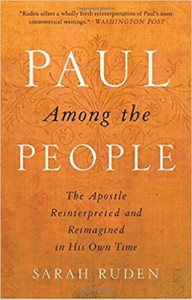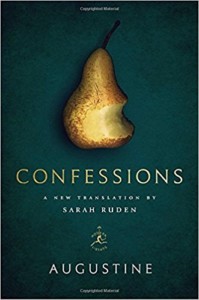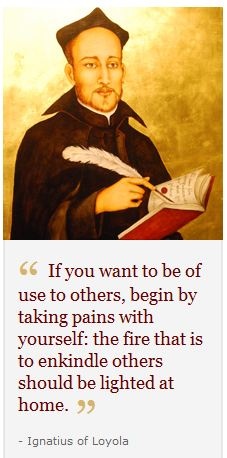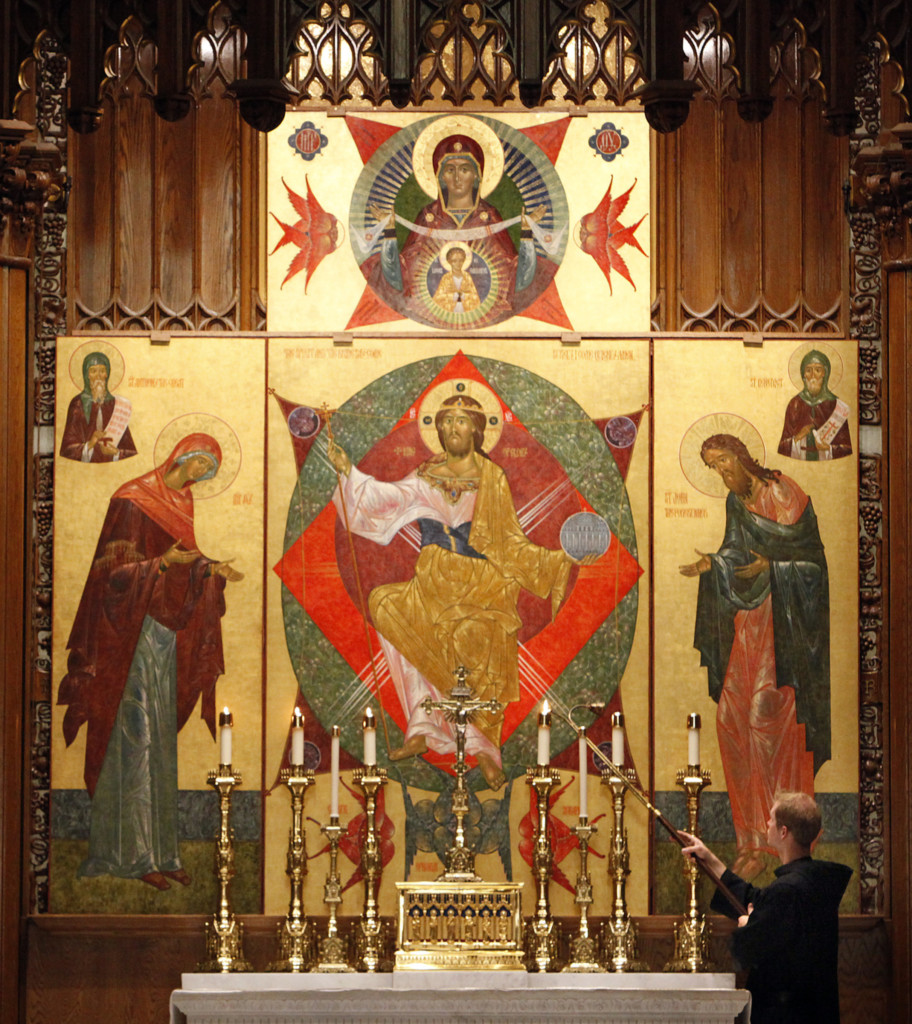[The following is from the program notes for Solemn Vespers of Saturday, November 18.]
A church building is an eschatological sign. Explaining this and this evening’s Magnificat antiphon from the prophet Ezekiel is the burden of the rest of these notes. First of all, what is eschatology?
The dictionary definition will say that eschatology is the study of the “last things,” from the Greek word eschaton, “the end.” This definition is not, however, theologically precise. The believing Christian does not merely study eschatology any more than the believing theologian studies God. We can, of course, and should, learn things about God. But our God is a living God Who “cares for us.” In a more ancient sense, theology is the simple act of knowing God more and more intimately, the ascent of the mind to greater union with the mysterious Trinity.
In a similar way, the Christian does not study eschatology as if it were something yet to come. The former things are passing away as I type, and the Kingdom of God is breaking in all around us, if we possess the eyes of faith to see it. We already dine at the heavenly banquet, the wedding feast of the Lamb, every time we approach the altar, whereupon the one and only sacrifice for sins was and is offered. This one sacrifice inaugurates the end times.
In fact, we entered into this new existence at our baptisms. It is for this reason that the baptismal font is traditionally at the entrance to the church, and why we re-activate this baptismal grace by signing ourselves when we come into church. We go out from the world to undergo a “translation” from the kingdom of darkness into the kingdom of God’s beloved Son [cf. Colossians 1: 13], who is the Light that enlightens everyone. Our entry toward the altar is a figure of our ascent, as the Body of Christ, to where the Head has gone before us, in His return to the Father.
This is why the church is an eschatological sign. The church building is meant to be more than a gathering space or even a worship space. In a recent lecture, master iconographer Vladislav Andrejev cautioned us against understanding icons as windows to some other place, openings by which we look through to something not yet entirely here. In fact, the icon is a kind of “surface” of the present spiritual realities. It makes visible to our physical eyes what is truly present to the eyes of faith, so that the eyes of faith may become more and more accustomed to the otherwise blinding light of divine life.
I would like to suggest that the whole of the church building is just this kind of “surface.” Thus the twelve pillars of our church are not merely symbols of the Twelve Apostles, the foundation of the heavenly temple being built up from the bodies of believers. They are the Apostles, manifesting themselves as great supporting columns of the space in which these spiritual realities are appearing.
Sacred music is a similar phenomenon. It is not merely a diversion, a sign of the beauty of something that we hope to encounter one day. It is the song of the angels, made audible to our ears.
This can only happen if human creativity is bridled by genuine asceticism, the work of listening to what is already being sung in heaven by those who have received the gift of hearing from the Holy Spirit. Cooperation requires a silence with regard to earthly sound, even secular music. This is perhaps why, in many churches today, music and art don’t strike the worshippers as “sacred.” It’s music and art that comes from us, not from the inbreaking spiritual world.
All of this said, we can now look at the antiphon for the Magnificat. “I saw a closed gate in the house of the Lord, and an angel said to me, ‘It shall remain closed; the Lord alone shall come and enter in and go out.’” This passage is taken from Ezekiel’s stunning vision of the reconstituted temple (which had been destroyed some years earlier by the Babylonians when they captured Jerusalem in 587 B.C.). Solomon built the first temple based on a pattern given by Moses. Moses saw this pattern in a vision of heaven. We would say today that this vision of Moses was a first glimpse and foreshadowing of what was to be the reality of the true Temple, the Body of the Lord, which was destroyed not by the Babylonians, but by the Romans, only to be raised up in three days as the sole and eternal Temple.
Only God could bring this about. Only God supplies the gifts of the artist, the composer, the singer. We receive this gift from God; we do not earn it or otherwise bring it about. God alone will rend the veil that separates this world from the new age, the spiritual kingdom that is breaking in as we sing together this evening. May our gathering and common liturgical prayer open the eyes and ears of our hearts, that we may receive Him Who is coming!




